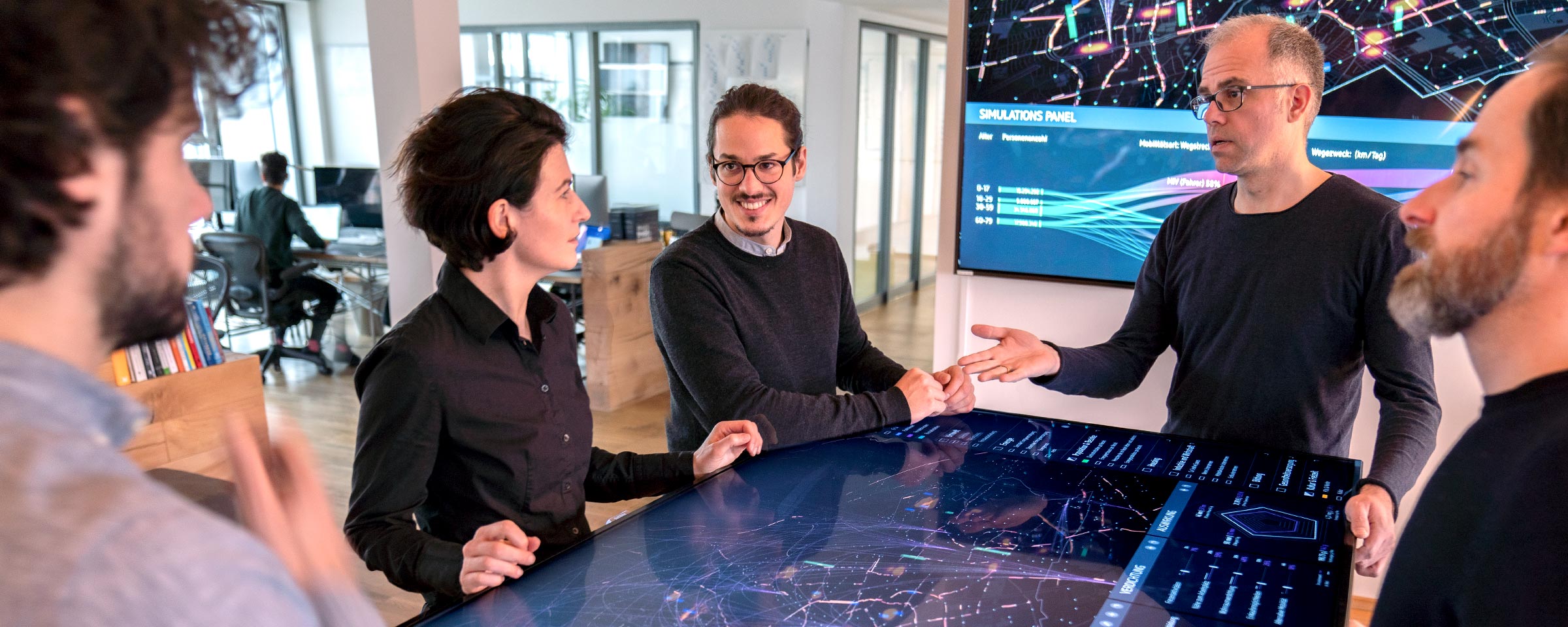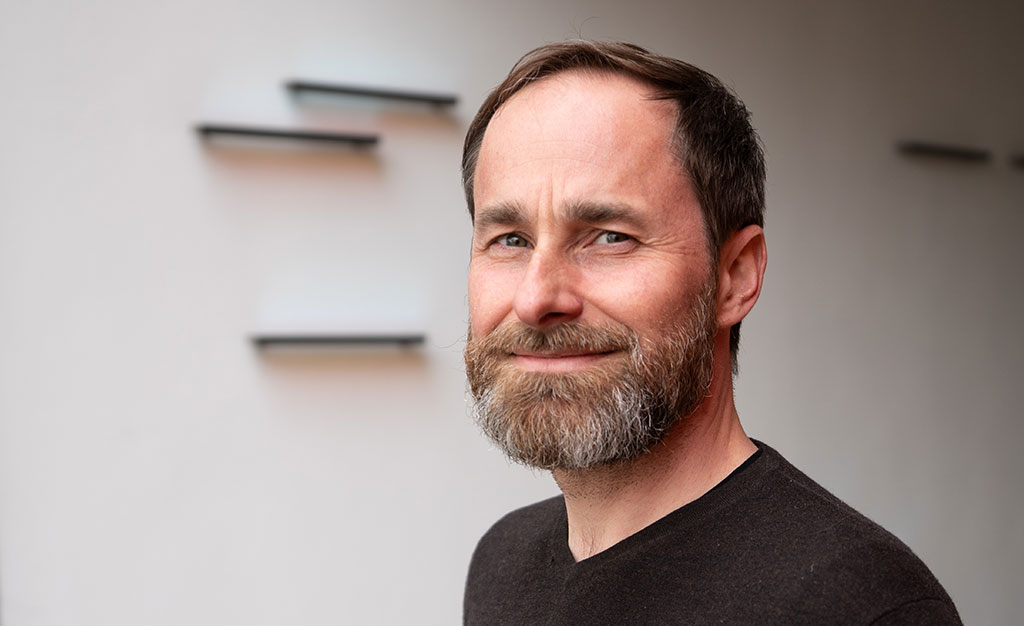
 Markus Turber
Markus Turber

23.01.2020
Think the unthinkable - understand complex systems and design the unimaginable
The mathematician Richard Hamming (1915-1998) went even further. He philosophized about whether there could be "unthinkable thoughts" – due to the structure of our brains or conditioned ways of thinking. It is well documented that leaps in civilizational progress went hand in hand with the development of cultural tools for communication and knowledge preservation (i.e. language, writing, book printing and new information and communication technologies).
Are there possible thoughts that we cannot think? Could evolution have prevented us from applying specific patterns of thinking? The more we know, and the more we can articulate and share, the more we can imagine ourselves as a team, organization or society.
Marshall McLuhan (Media theorist, 1911-1980) titled "The Medium is the Massage" in 1967. He states that the form of representation develops a significant influence, independent of the content of the message. That's an opportunity! If we have better tools for dealing with complex systems, then we almost automatically recognize connections that were previously undetectable for us – and we can address so-called "wicked problems".
„Every problem interacts with other problems and is therefore part of a set of interrelated problems, a system of problems… I choose to call such a system a mess.”
Understanding complex systems and designing the unimaginable
Cities are an archetype of complex systems. They are the political, social, cultural and economic centre of a region or a country. Above all, they are also the place of residence, domicile and work of many citizens with complex needs. They are projection surfaces of dreams, fears and truths.
Cities mediate between complex interests and at the same time form a place where administrations or public utilities must reliably find solutions to organizational problems. How can we meet the mobility needs of residents – without the necessary space for new infrastructures? By 2050, we want to stop emitting greenhouse gases. How do we plan, start and implement such a significant renewal?
Anyone who delays this conversion and argues that in some places not even an airport can be built before 2050 ignores the seriousness of the situation. While the majority of people are unlikely to care much whether the airport is built or not, the first offshoots of global warming show us that the decarbonization of energy supply, mobility, food, housing and industry is an existential requirement. Or to say it with Robert Walser:
„Nature does not need to make an effort to be meaningful. It is.”
Due to technological advancements, better tools from information and communication technology and artificial intelligence, we are in a position to better understand connections within complex systems and to create significantly more powerful solutions with lower resource requirements. Theoretically!
In practice, we have spent more time in recent years learning the language of machines and have practised our sentences, including "Alexa...". "Hey Siri..." or "OK Google..." My conclusion: Let us rather not wait for the three to solve our problems. Let us instead learn that ourselves!
Expanding our radius of action
But artificial intelligence can support us. By AI we mean mostly statistical methods or the training of networks. Both are helpful for the recognition of patterns in large amounts of data. People have to develop models and systems to do this. We have to try to understand the processes, formulate them and transcribe them into program code.
We analyze and simulate complex systems – for example, in urban planning – using proven models as well as new ones designed by our teams. On this basis, we can predict how systems will react to changing input conditions or spontaneously occurring influencing factors. These simplified mathematical models can be useful tools in solving "wicked problems".
However, social systems are not measurable. Nature is not linear – it consists of interlaced, partly recursive, partly self-reinforcing or balancing processes. The reduction of complexity must be carried out by the person shaping it. The same applies to follow-up actions when new requirements have to be recognized or integrated.
„Seek simplicity – and distrust it.”
These are original design questions! It is up to us humans, the designers, city and infrastructure planners, citizens and politicians to make design decisions for a successful, sustainable life in the city. For responsible decisions, meaningful investments and new building structures, we need a much better basis for decision-making – right now.
Understanding
We need to develop a better understanding of cities, residents, internal systems and processes.Analysis
To create more objective analyses, we use aggregated models and tools to visualize the systems. In this way, states, developments and trends can be identified.Hypothesis & Simulation
To form better hypotheses, we build interactive tools for simulation. In this way, we learn which interrelationships arise under different, possible or future conditions.Prototyping & Forecasting
To minimize risks and gain security, we develop a toolbox for designing, prototyping and validating ideas before we intervene in the real city.Behavioural change & Transformation
The sustainable transformation of a city depends on the will of its inhabitants. A change in behaviour can only be implemented with people. In addition to empathy and sensitivity, we also need communicative tools to make the needs of citizens visible and to understand the functional connections of the subsystems of a city.
If we follow these steps, we can develop alternatives, transform our behaviour together and shape the transition from the familiar to the new. Working in and on systems requires discourse to build consensus. Systemic tools are becoming increasingly important so that design questions regarding the future can be decided based on knowledge and a responsible attitude.
These new systemic tools and models expand our sensorium. Like language, writing or symbols in general, we can use them as tools of thought and expand our abilities to explore, comprehend and shape complex issues. The design question must continue to be answered by humans. Only the solution of the task is different thanks to our new thinking tools.
„We shape our tool, and then our tool shapes us.”